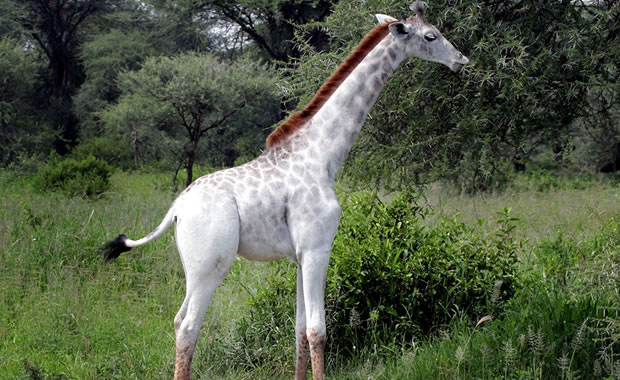
Creature Profile
The European rabbit is a mammal resembling a hare but is usually smaller and has shorter limbs. It has long ears and longer hind limbs in comparison to the front ones. It also has a bulb-like fluffy tail. It is generally brown, black or grayish in color and weighs about three to six lbs with a body length of about 14 to 20 inches. All domestic rabbits descend from the European rabbit but are in most cases larger than their wild counterparts. European rabbits are active during the day in secure locations, but in insecure areas, they are usually active during early evening and nighttime.
European rabbits feed on vegetation, which includes crops, grasses, herbs and barks of trees in times of scarcity. They love living in areas with about 40% vegetation cover for security purposes in brushy areas with soft sandy soil which are easy to burrow. They can be found in savannah and grassland forests and in urban and sub-urban areas. European rabbits are native inhabitants of Northern Africa in countries such as Algeria, and Morocco and in European countries such as France, Portugal, Spain in Gibraltar. They have been introduced in several other countries including Argentina, New South Wales, Queensland, Chile, Croatia, Southern Australia, Belgium, and Bulgaria. They are known to breed all year long. Dominant males (called "bucks") are usually polygamous but most bucks are monogamous. Females give birth to about five or six kits after a 30-day gestation period. The kits are usually born blind, naked and helpless. They are usually weaned after about 28 days and reach sexual maturity by the eighth month.
European rabbits are listed as near-threatened mainly because they are usually seen as widespread colonizers and are mostly considered pests when not in the wild. They fall prey to a number of predators including dogs, cats and wolves among others. The main cause of decline is disease which has killed a large number of them. European rabbits are also threatened by human activities such as expansion of roads and railways. A number of conservation actions have helped the species, such as controlling endemic and epidemic diseases affecting them, creating more reserves for them to increase their natural range, and introducing them in several new areas. However, there is still much that should be done to conserve the species.
Wikipedia Article

|
Wikipedia Article Copyright Notice: This article is licensed under the GNU Free Documentation License. It uses material from the Wikipedia article "European rabbit". |
April 1, 2017
Glenn, C. R. 2006. "Earth's Endangered Creatures - European Rabbit Facts" (Online). Accessed 4/16/2024 at http://earthsendangered.com/profile.asp?sp=11735&ID=11.
Need more European Rabbit facts?




